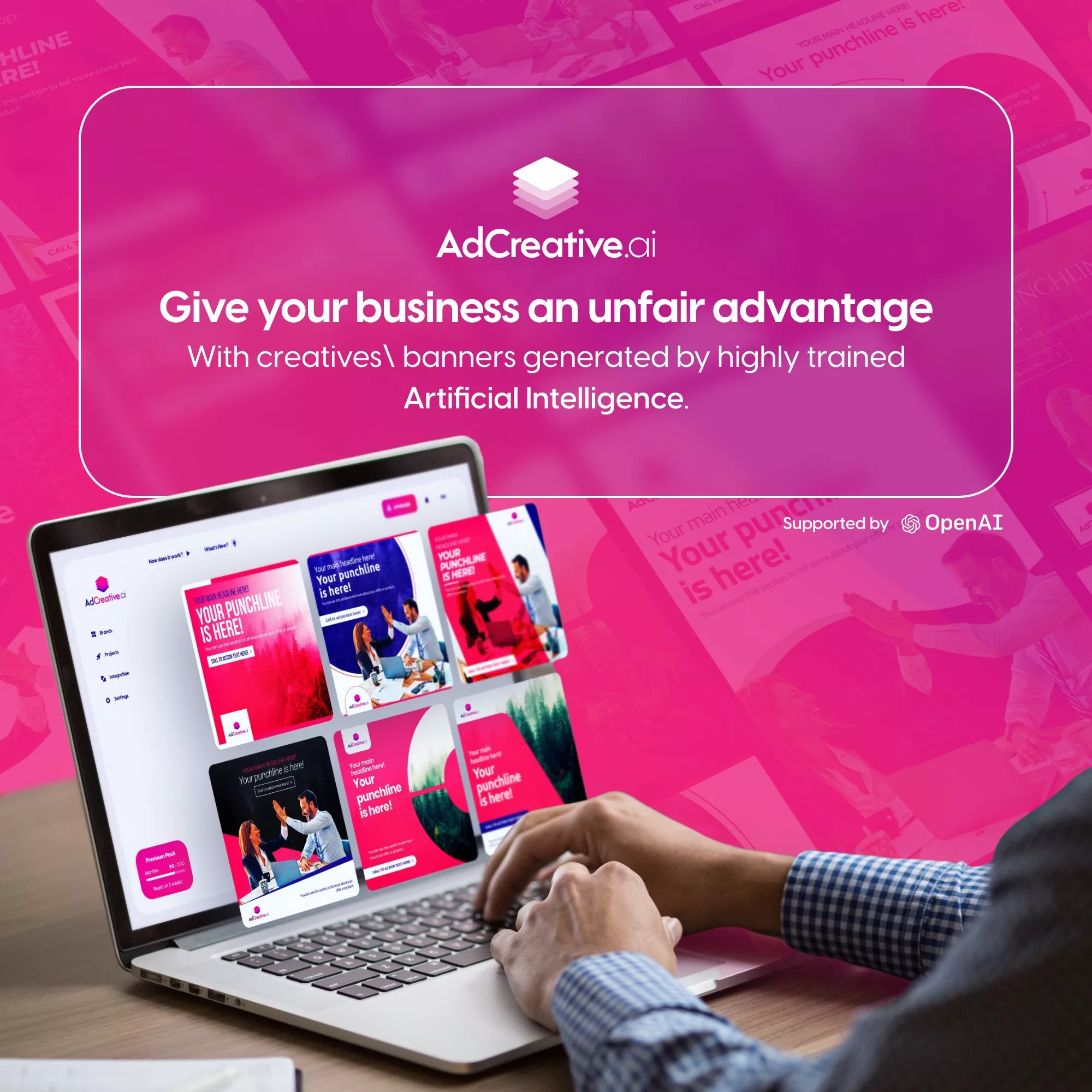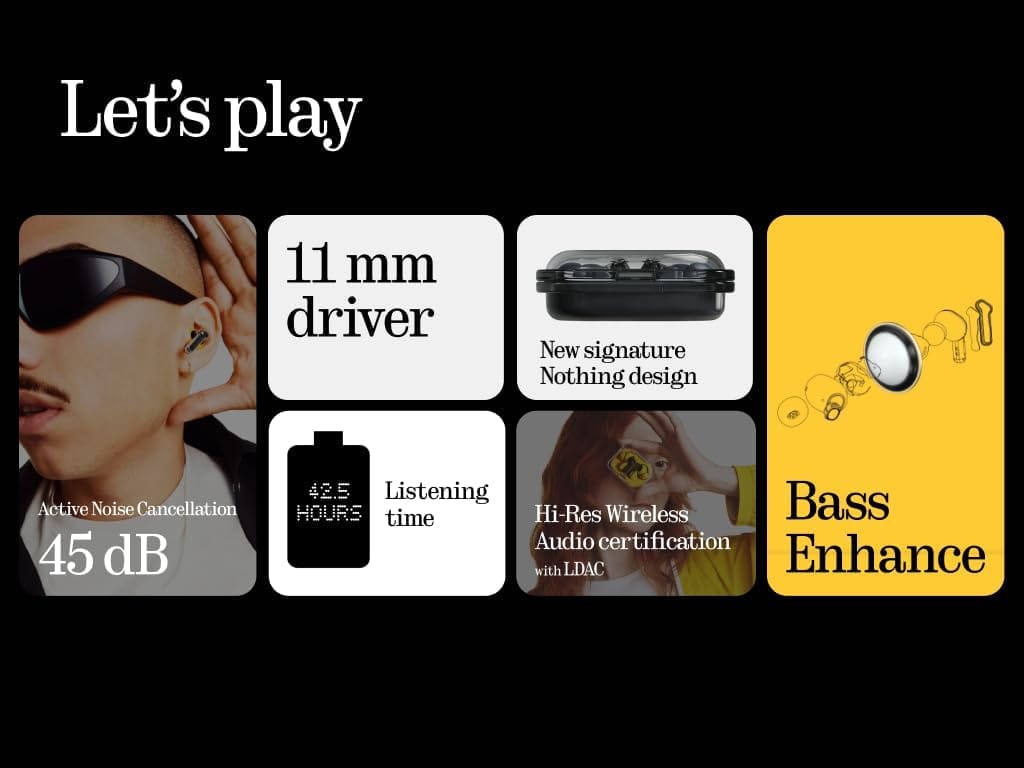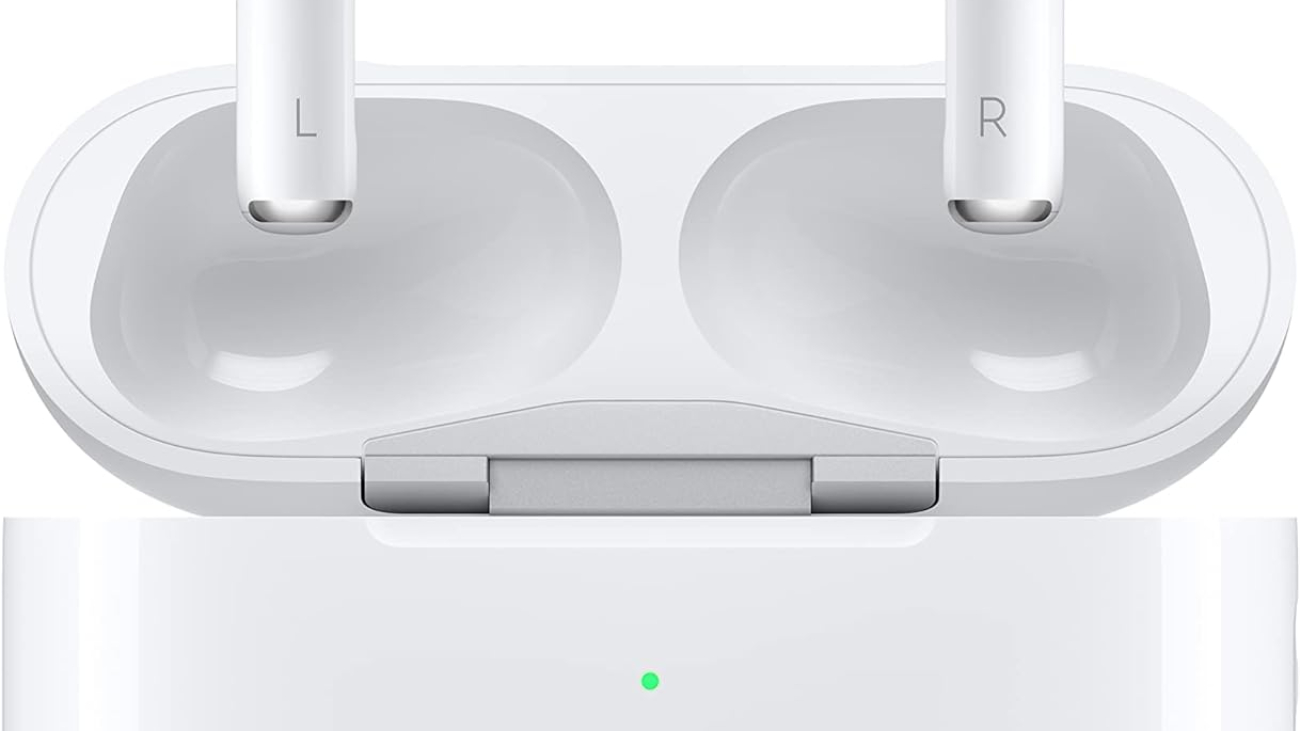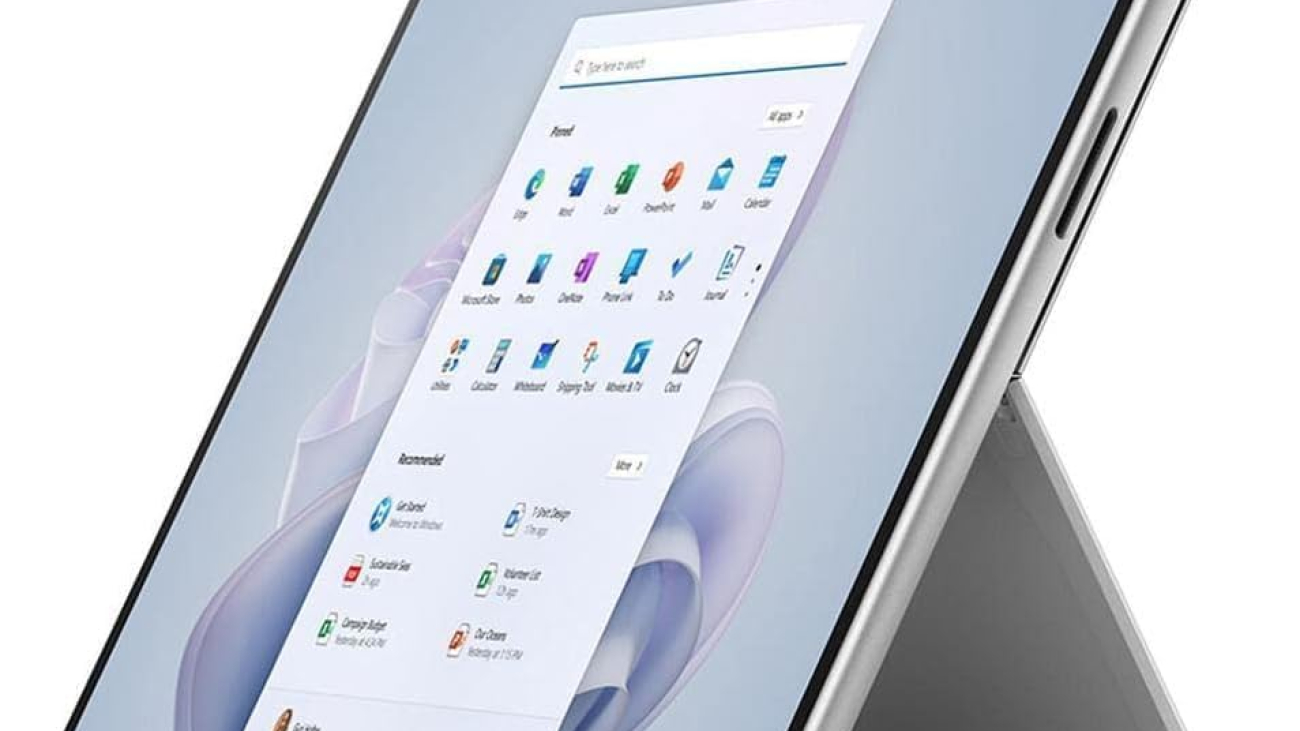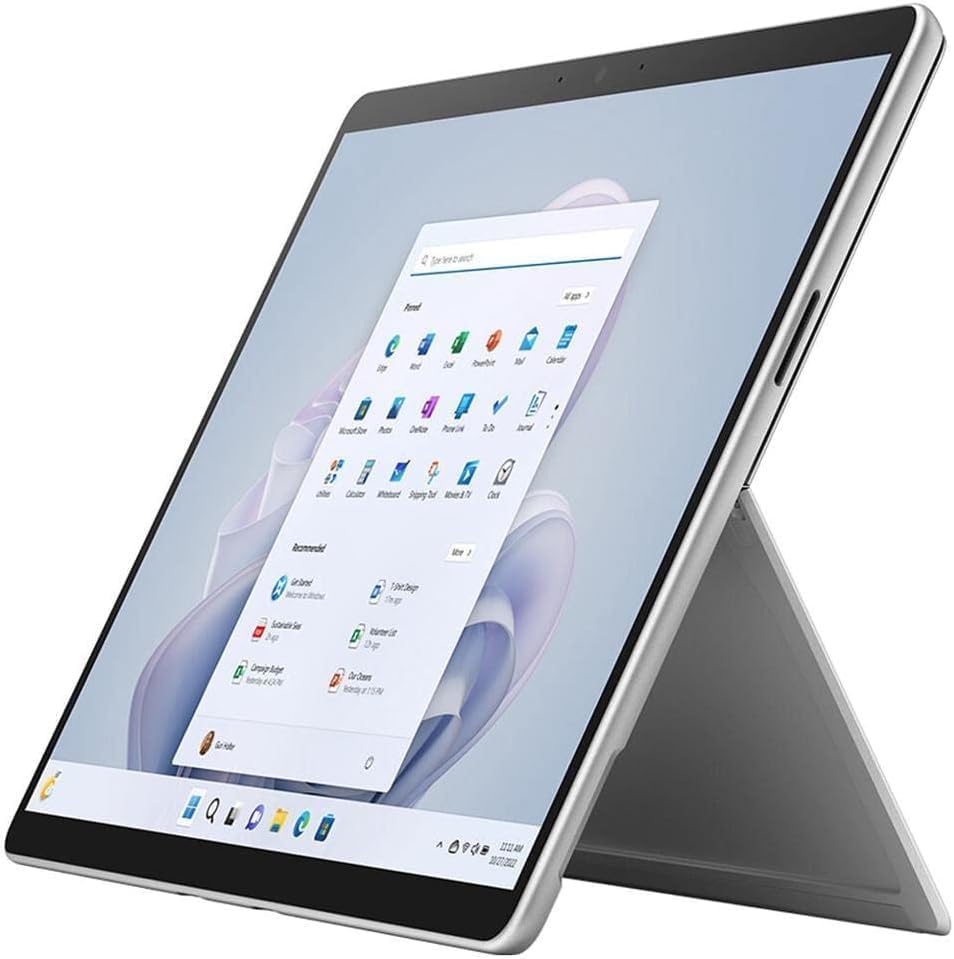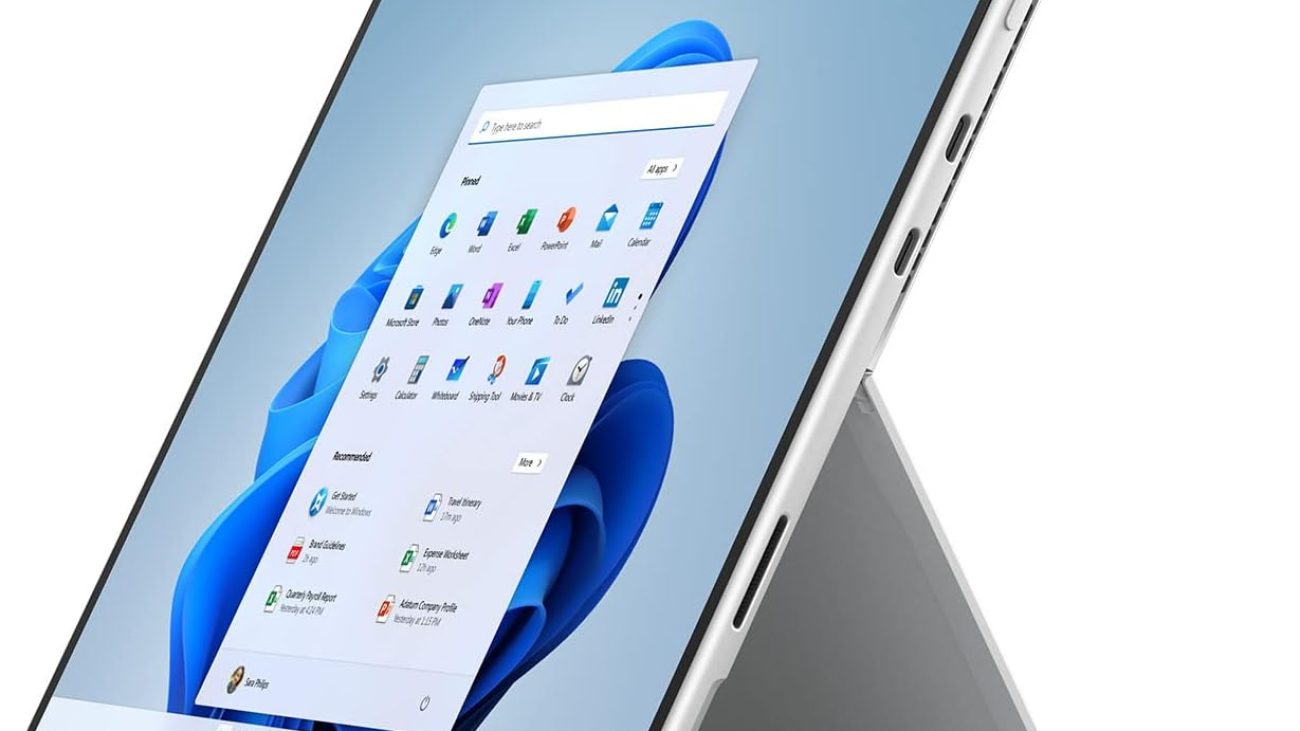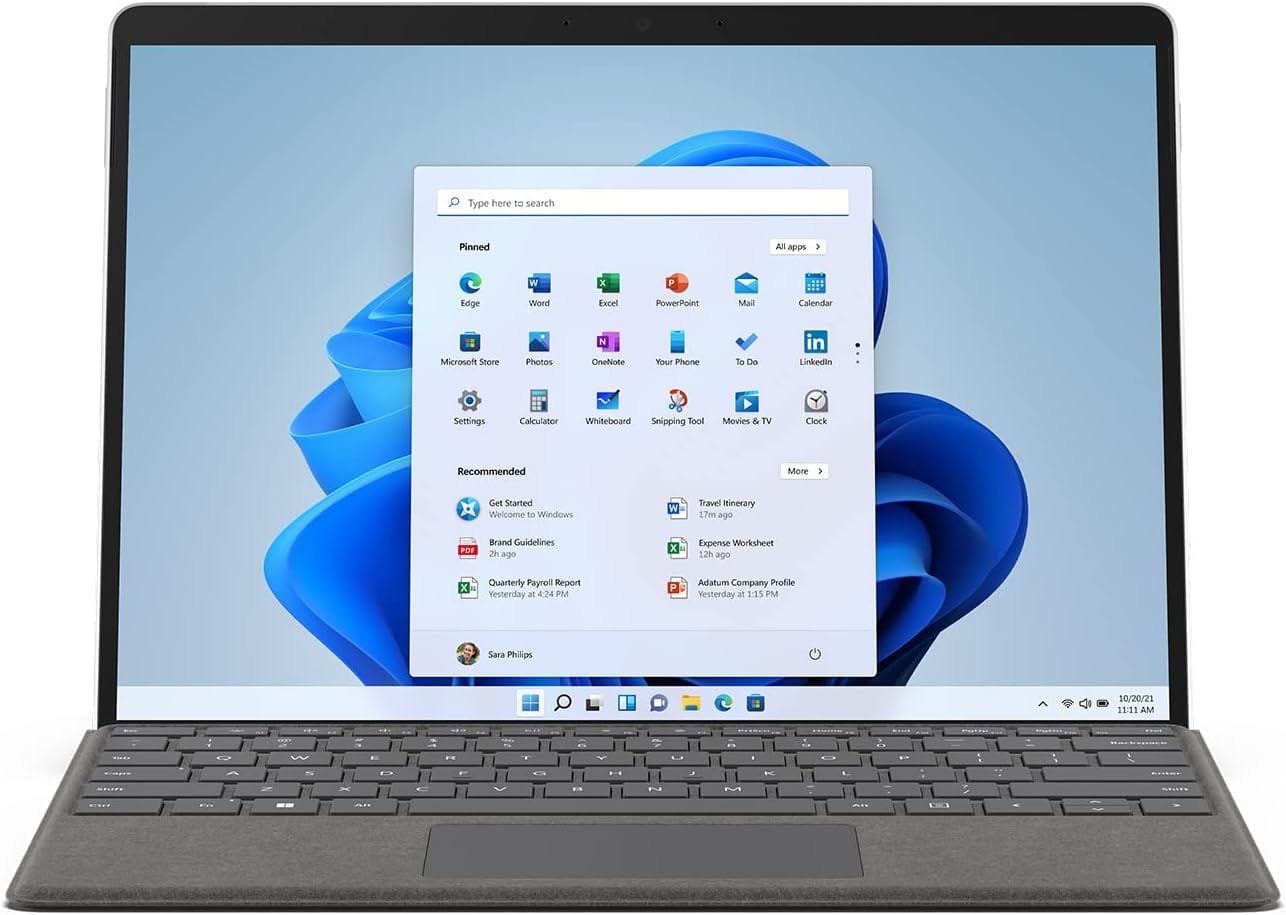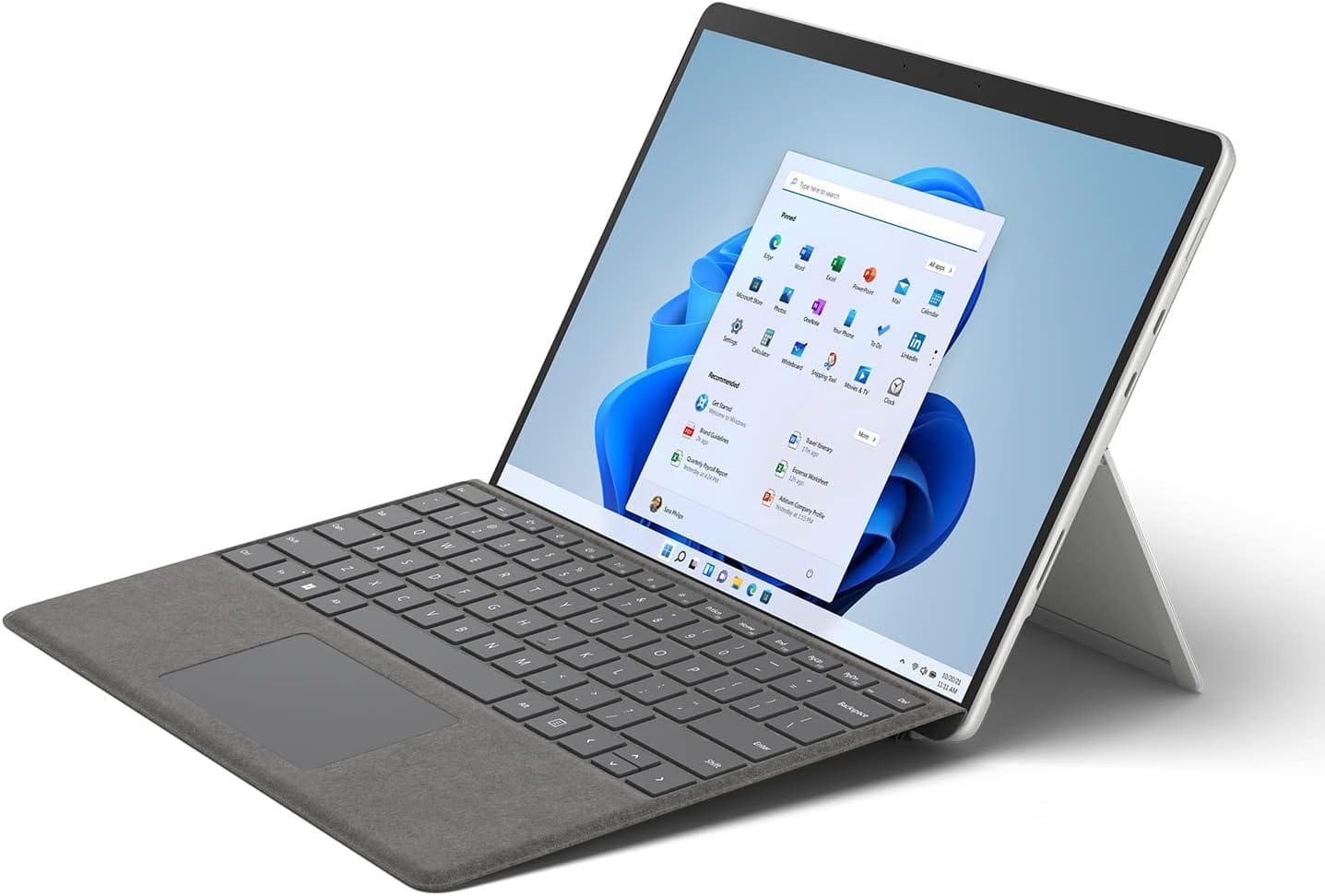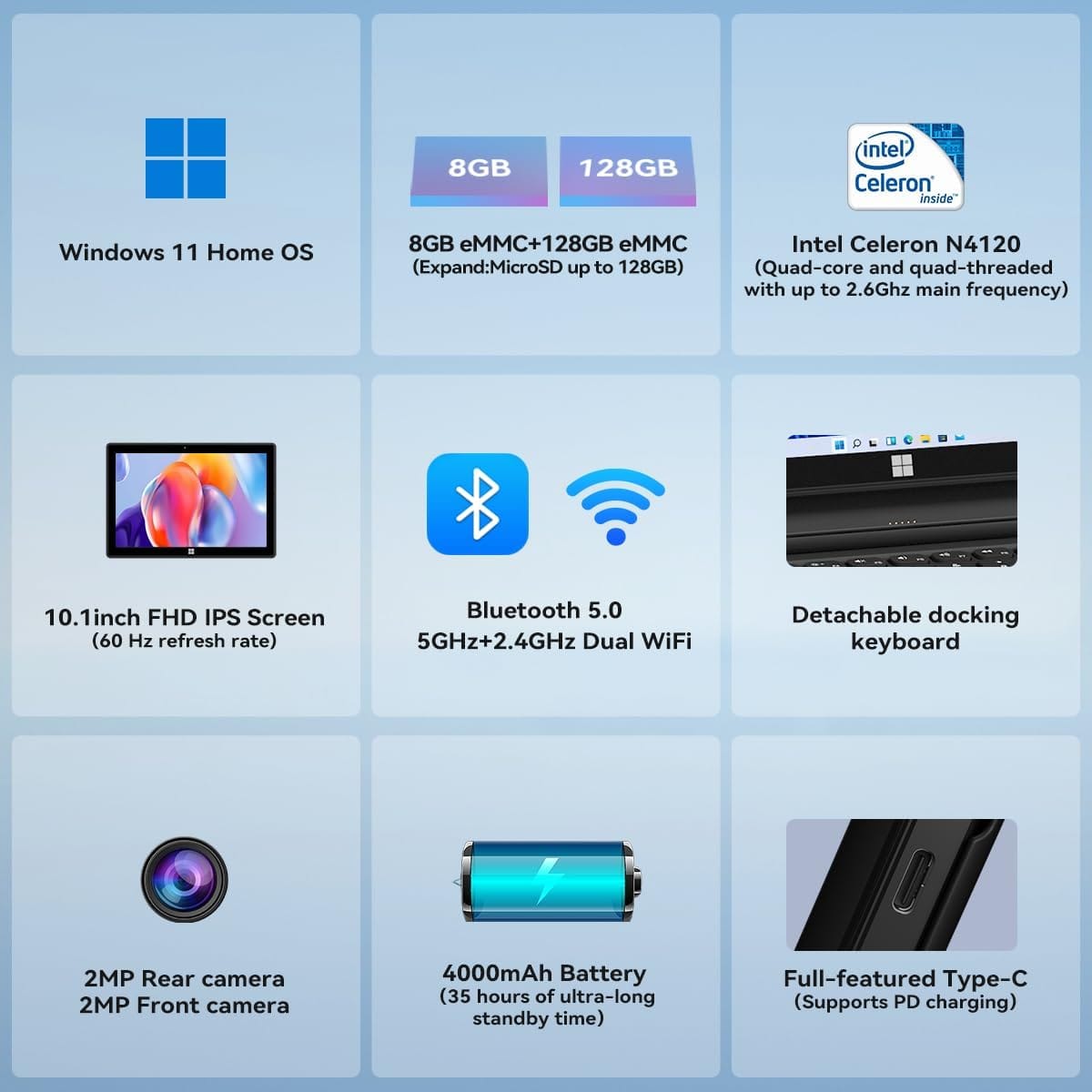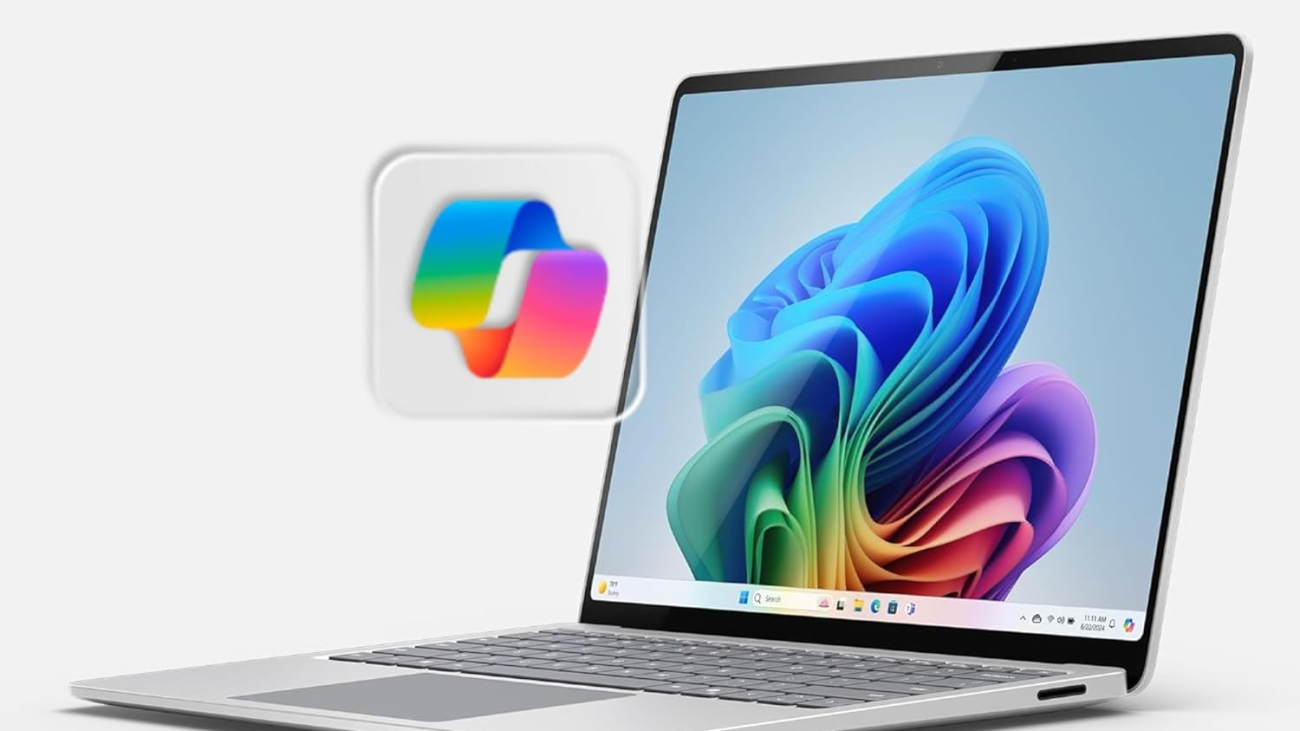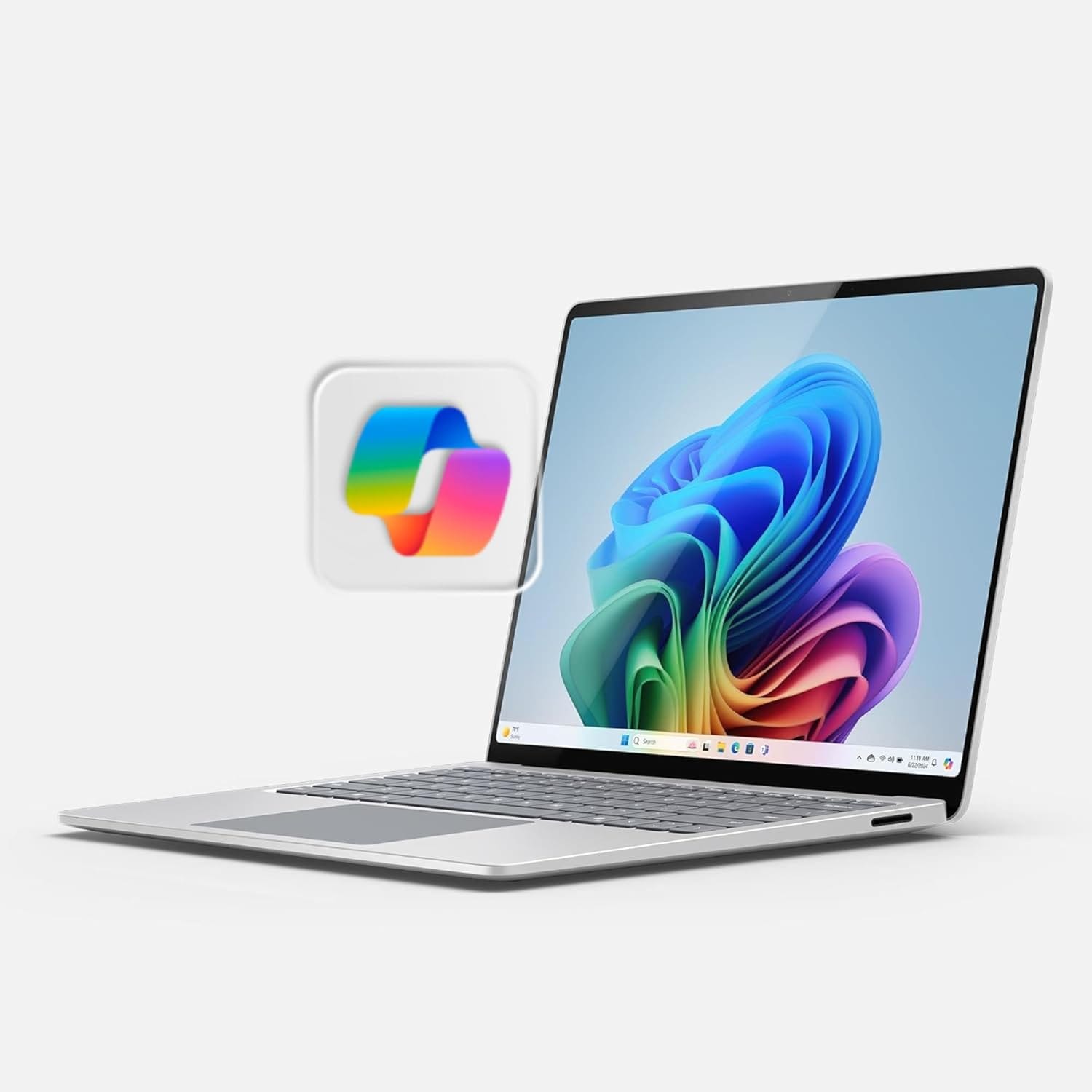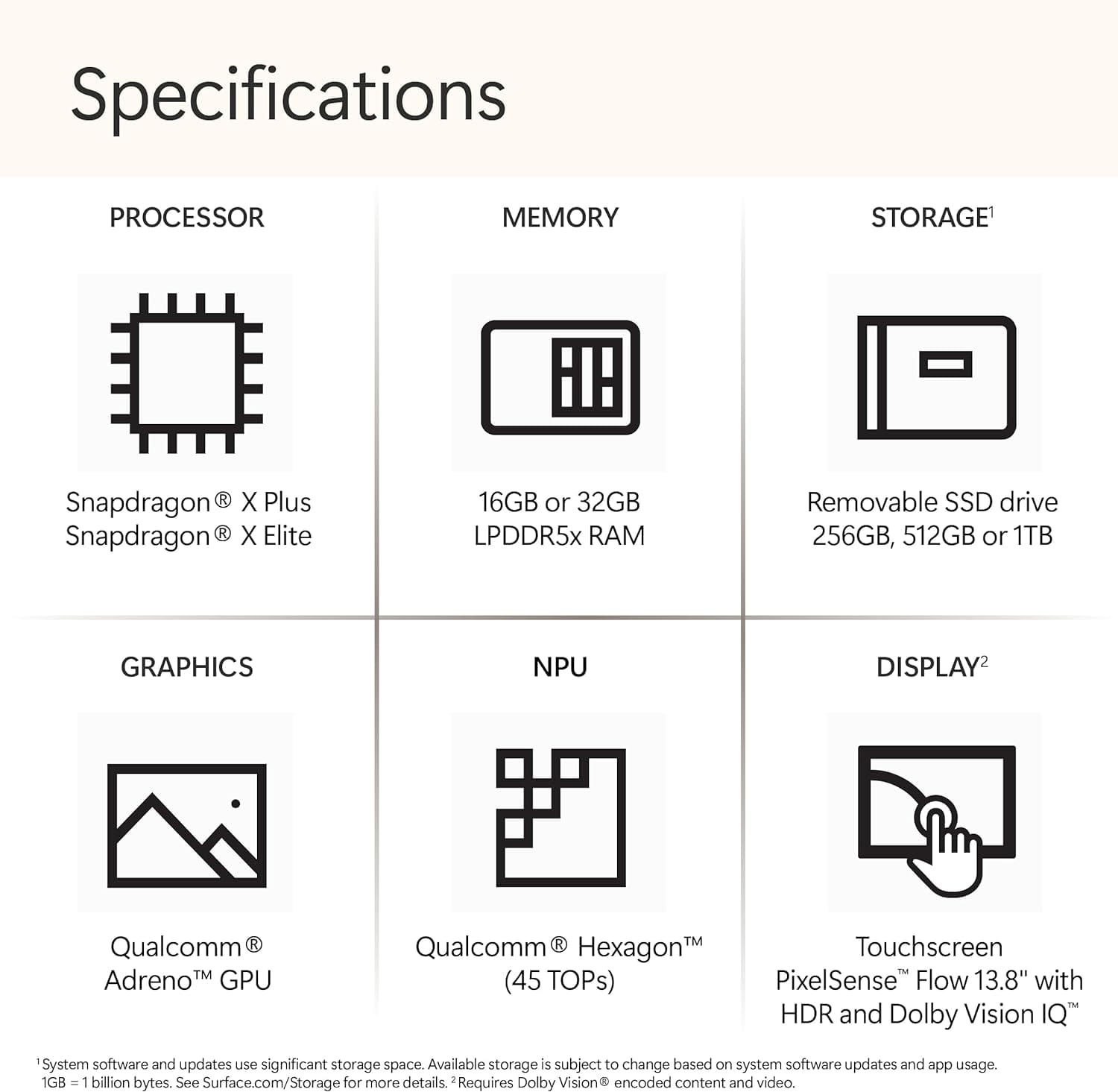Buy the JLab Go Air Pop True Wireless Earbuds on Amazon
The JLab Go Air Pop True Wireless Earbuds offer excellent value with features like dual connect, IPX4 sweat resistance, Bluetooth 5.1, and customizable EQ settings. With over 32 hours of total playtime and a compact design, these earbuds are perfect for on-the-go use.
Wireless earbuds have become a must-have accessory for anyone who loves music, podcasts, or taking calls on the go. The JLab Go Air Pop True Wireless Earbuds stand out in the crowded market with their affordable price, impressive battery life, and user-friendly features. Let’s dive into what makes these earbuds a top choice for budget-conscious consumers.
Product Information
- Product Name: JLab Go Air Pop True Wireless Earbuds
- Battery Life: 8+ hours per earbud, 24+ hours with charging case (32+ hours total)
- Water Resistance: IPX4 sweat resistance
- Connectivity: Bluetooth 5.1
- Additional Features: Dual connect, EQ3 sound settings, touch controls
Why People Prefer This Product
The JLab Go Air Pop earbuds have quickly gained popularity for their combination of quality, affordability, and functionality. Here’s why these earbuds are highly favored by users.
Features
Long Battery Life: With 8+ hours of playtime per earbud and an additional 24+ hours from the charging case, the JLab Go Air Pop ensures you have music throughout your day. The integrated USB cable makes recharging the case simple and convenient.
Dual Connect: The earbuds can be used independently or together, providing flexibility for various listening and calling scenarios. Each earbud has a built-in MEMS microphone, ensuring clear calls whether you use one or both.
Compact and Comfortable Design: The Go Air Pop earbuds are 15% smaller and 40% lighter than previous models, making them extremely portable. The case is smaller than a credit card and fits easily in your pocket. With three sizes of gel tips included, you can achieve a snug fit for optimal sound quality and comfort.
EQ3 Sound Settings: Customize your audio experience with three EQ settings – JLab Signature, Balanced, and Bass Boost – without needing an app. The touch controls allow you to adjust volume, skip tracks, play/pause, answer calls, and activate your smart assistant with ease.
IPX4 Sweat Resistance: The earbuds are designed to withstand sweat and light splashes, making them ideal for workouts and outdoor activities.
Additional Features
- Bluetooth 5.1: Provides a stable and efficient connection, ensuring your audio remains uninterrupted.
- Integrated USB Charging Cable: The charging case includes a built-in USB cable for convenient charging.

Other Users’ Opinions
Users have praised the JLab Go Air Pop for its excellent sound quality, comfortable fit, and impressive battery life. Many appreciate the value these earbuds provide at an affordable price point. The touch controls and customizable EQ settings have also received positive feedback for their ease of use and functionality.
Our Verdict
The JLab Go Air Pop True Wireless Earbuds deliver an outstanding combination of performance, design, and affordability. Whether you’re looking for reliable earbuds for daily use, workouts, or travel, these earbuds offer a versatile and high-quality listening experience.
Pros and Cons
Pros:
- Long battery life with 32+ hours total playtime
- Compact and lightweight design
- Customizable EQ settings
- Dual connect feature
- Affordable price
Cons:
- No active noise cancellation
- Basic touch controls may lack advanced features
In conclusion, the JLab Go Air Pop True Wireless Earbuds are a fantastic choice for anyone seeking budget-friendly earbuds with great features. Their compact design, long battery life, and customizable sound settings make them a reliable companion for all your audio needs.
See More Information and Buy on Amazon
Buy the JLab Go Air Pop True Wireless Earbuds on Amazon
REVIEW: Nothing Ear (a) Wireless Earbuds: A Revolutionary Audio Experience
REVIEW: Beelink S12 Pro Mini PC Review: Compact Powerhouse with Dual 4K Display Support






